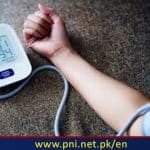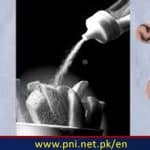ISLAMABAD, FEB 28 (Online): Hand washing is a vital tool in the fight against COVID-19. Scientists have demonstrated that a good hand washing regimen can significantly slow the progress of an outbreak.
However, there is more than one way to clean your hands, and scientists are keen to understand which method is best. A group of researchers recently put hand drying under the microscope.
After washing one’s hands, there may still be residual pathogens on the skin. The researchers wanted to understand which method of drying the hands removed these residual viruses most efficiently and prevented people from transferring them to surfaces.
The researchers were due to present their findings at the European Congress on Clinical Microbiology and Infectious Diseases. However, this year’s event is no longer taking place because of the SARS-CoV-2 pandemic.
Hand drying is an essential part of hand washing. Microbes survive better in moisture, and so any that remain attached during washing are more likely to spread to surfaces if people do not dry their hands correctly.
Dr. Ines Moura from the University of Leeds, in the United Kingdom, alongside Duncan Ewin and Prof. Mark Wilcox, also from the University of Leeds, U.K., conducted this recent study.
The scientists enlisted just four volunteers who work in a hospital. The participants simulated contamination of their hands using a preparation of bacteriophages — viruses that infect bacteria. Each person then dried their hands using either paper towels or a jet dryer in a public toilet in the hospital.
Follow the PNI Facebook page for the latest news and updates.








